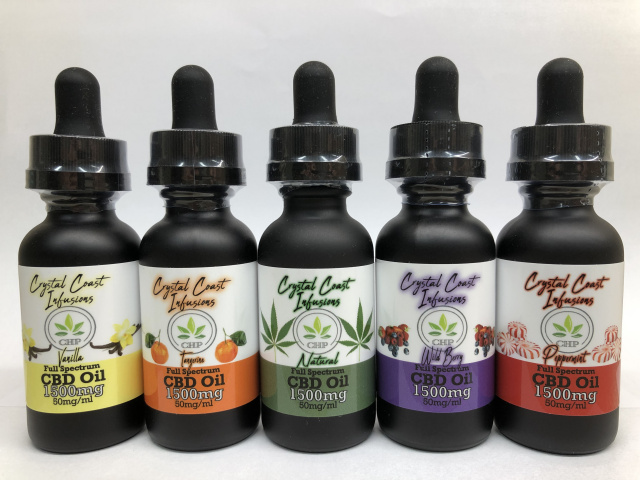Hemp and marijuana are two closely related plants that have been a source of confusion and controversy for many years. While they belong to the same species, Cannabis sativa, they have distinct characteristics and uses. Understanding the differences and similarities between hemp and marijuana is crucial, as it plays a significant role in agriculture, industry, and legal regulations. In this blog post, we’ll explore these differences and similarities, shedding light on the unique qualities of each plant.
Botanical Distinctions
1. Appearance and Growth
One of the most apparent differences between hemp and marijuana is their physical appearance and growth patterns. These differences are primarily attributed to the cultivation practices for each plant.
Hemp:
- Hemp plants are tall and slender, typically reaching heights of 6 to 15 feet.
- They have long, fibrous stalks with few branches.
- Hemp leaves are typically thin and narrow.
- Hemp plants are densely planted to maximize stalk and seed production.
Marijuana:
- Marijuana plants are shorter and bushier, typically ranging from 2 to 6 feet in height.
- They have numerous branches and dense foliage.
- Marijuana leaves are broader and more prominent.
- Marijuana plants are spaced farther apart to encourage the growth of flowers (buds).

2. THC Content
The most significant botanical difference between hemp and marijuana lies in their chemical composition, particularly in the levels of tetrahydrocannabinol (THC), the psychoactive compound responsible for the “high” associated with marijuana use.
Hemp:
- Hemp plants contain very low levels of THC, typically below 0.3%.
- The low THC content means that consuming hemp products will not produce a psychoactive effect.
Marijuana:
- Marijuana plants are cultivated for their high THC content, which can range from 5% to over 30% depending on the strain.
- The high THC content is what makes marijuana psychoactive when consumed.
Industrial vs. Medicinal and Recreational Uses
1. Hemp
Hemp has a long history of industrial and commercial use, dating back thousands of years. It has been cultivated for various purposes, including:
- Fiber: Hemp fiber is one of the strongest and most versatile natural fibers. It is used to make textiles, clothing, rope, and paper.
- Seeds: Hemp seeds are highly nutritious and can be consumed whole, pressed for oil, or used in various food products.
- Building Materials: Hemp fibers can be used to create sustainable building materials like hempcrete.
- Biofuels: Hemp can be used to produce biofuels, offering a renewable energy source.
- Plastics: Hemp-based bioplastics are being explored as a sustainable alternative to traditional plastics.
- Animal Feed: Hemp seeds are used in animal feed due to their high protein content.
- Health and Wellness: Hemp-derived CBD (cannabidiol) products have gained popularity for their potential health benefits, such as pain relief and relaxation. These products contain little to no THC and are non-psychoactive.
2. Marijuana
Marijuana is primarily cultivated for its medicinal and recreational uses, primarily due to its high THC content. The uses of marijuana include:
- Medicinal: Marijuana is used for a range of medical purposes, including pain management, nausea relief, and as an appetite stimulant. It is prescribed for various medical conditions, and research continues to uncover its potential therapeutic benefits.
- Recreational: Marijuana is used recreationally for its psychoactive effects, often leading to feelings of relaxation, euphoria, and altered perception.
- Cannabis Products: Marijuana is used to create various cannabis products, including dried flowers (buds), concentrates, edibles, and tinctures.
Legal Distinctions
The legal status of hemp and marijuana varies widely from country to country and even within regions of countries. In the United States, for example, the legal landscape has evolved significantly in recent years.
Hemp
In 2018, the U.S. Farm Bill removed hemp from the list of controlled substances, effectively legalizing its cultivation and use. The bill defined hemp as cannabis with less than 0.3% THC, making it legal to grow and process hemp for industrial and commercial purposes.
Marijuana
The legal status of marijuana remains complex. As of 2021, several U.S. states have legalized marijuana for medicinal and recreational use, while others maintain strict regulations or continue to classify it as a controlled substance at the federal level.
Crossbreeding and Hybridization
In recent years, there has been increased interest in crossbreeding and hybridization between hemp and marijuana plants. These efforts aim to create plants that have desirable traits from both species while maintaining compliance with legal regulations. These hybrid plants, often referred to as “cannabis hybrids” or “hemp-marijuana hybrids,” can have varying levels of THC and CBD, making them suitable for specific purposes such as medicinal use or CBD extraction according to Five Gummy.
Conclusion: Complementary but Distinct Plants
Hemp and marijuana are two related plants with distinct characteristics and uses. Hemp is celebrated for its industrial and sustainable applications, including textiles, food, and construction materials. It also provides non-psychoactive CBD products with potential health benefits. On the other hand, marijuana is cultivated for its high THC content, which is prized for its medicinal and recreational effects.
While both plants have a place in agriculture and industry, it is crucial to understand their differences and adhere to legal regulations, which can vary significantly from one region to another. As society’s understanding of cannabis continues to evolve, so too does our ability to harness the potential of these complementary but distinct plants for a wide range of purposes.
